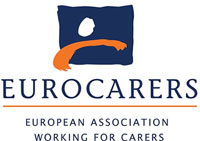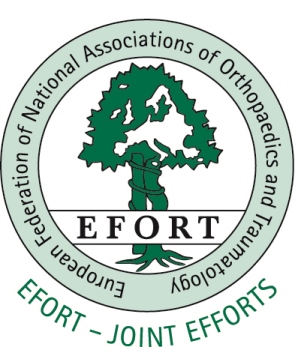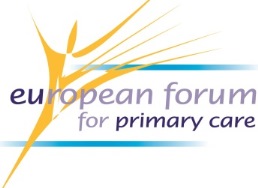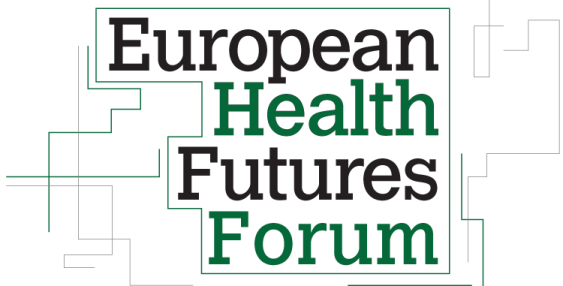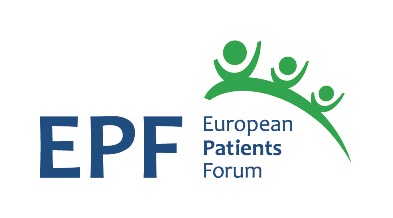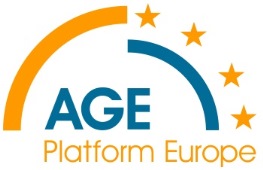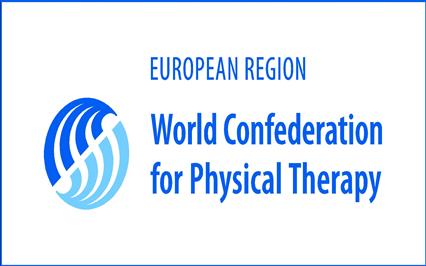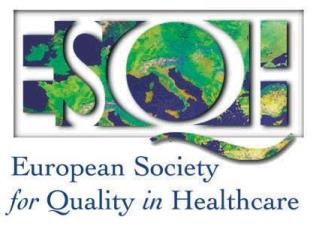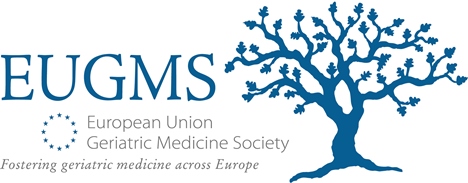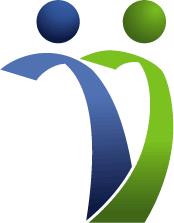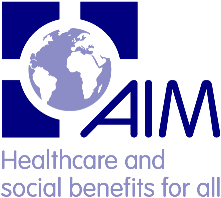Why is fall prevention needed?
One third of people over the age of 65 who live in the community fall each year and this proportion increases to 50% of those aged 80 years and older. Those residing in care or nursing settings are three times more likely to be at risk of falls and fractures. Every year, about 36.000 fatal fall-related injuries are reported in EU-countries and an estimated number of 3.8 million older people are treated in an hospital after a fall.
However, fall accidents are preventable by multi-modal interventions which typically combine muscle strength and balance training with the assessment and management of medical risk factors, and education and advice on reducing risks in the home. There is ample evidence that these multimodal fall prevention programmes are effective and can significantly reduce fractures in community dwelling older adults. Access to a multifactorial assessment and appropriate intervention is vital, but it also offers a pleasant and safe environment that encourages physical activity and allows safe movement, important for healthy and active ageing.
A wide range of people and organisations in communities and across society can play a significant role in creating the conditions that support individuals in adopting active lifestyles that contribute to fallprevention. These include urban planners, service providers, local and regional authorities and pensioners themselves. In order to enhance the understanding amongst professionals that falls are preventable, EuroSafe has established the European Stakeholders Alliance on Falls (ESA on Falls) that work with older people. Through exchange of the latest research evidence and available good practices, the members of the Network want to increase self-efficacy and action amongst these professionals to implement evidence-based fall prevention strategies and programmes.
Our Network
Why European collaboration and exchange is needed
A wide range of fall prevention interventions have been developed such as clinical assessment and treatment of fall risk factors; exercise programmes and multimodal interventions that include exercise, medication management, vision checking and reducing risk through home hazard control.
Although there is ample evidence for the effectiveness of fall prevention, few countries or regions have consistent or wide implementation validated interventions. EU-level organisations of professionals in healthcare and social services, as well asorganisations representing older people and the voluntary care sector, have a vital role to play in raising awareness among European, national, regional and local policy makers and promoting the transfer of available evidence into practice across Europe.
We believe:
“Promoting falls prevention is everyone’s business: individual citizens of Europe, all levels of government, communities, practitioners, family and carers, researchers, the non-profit sector and the private sector each have a role to play”.


